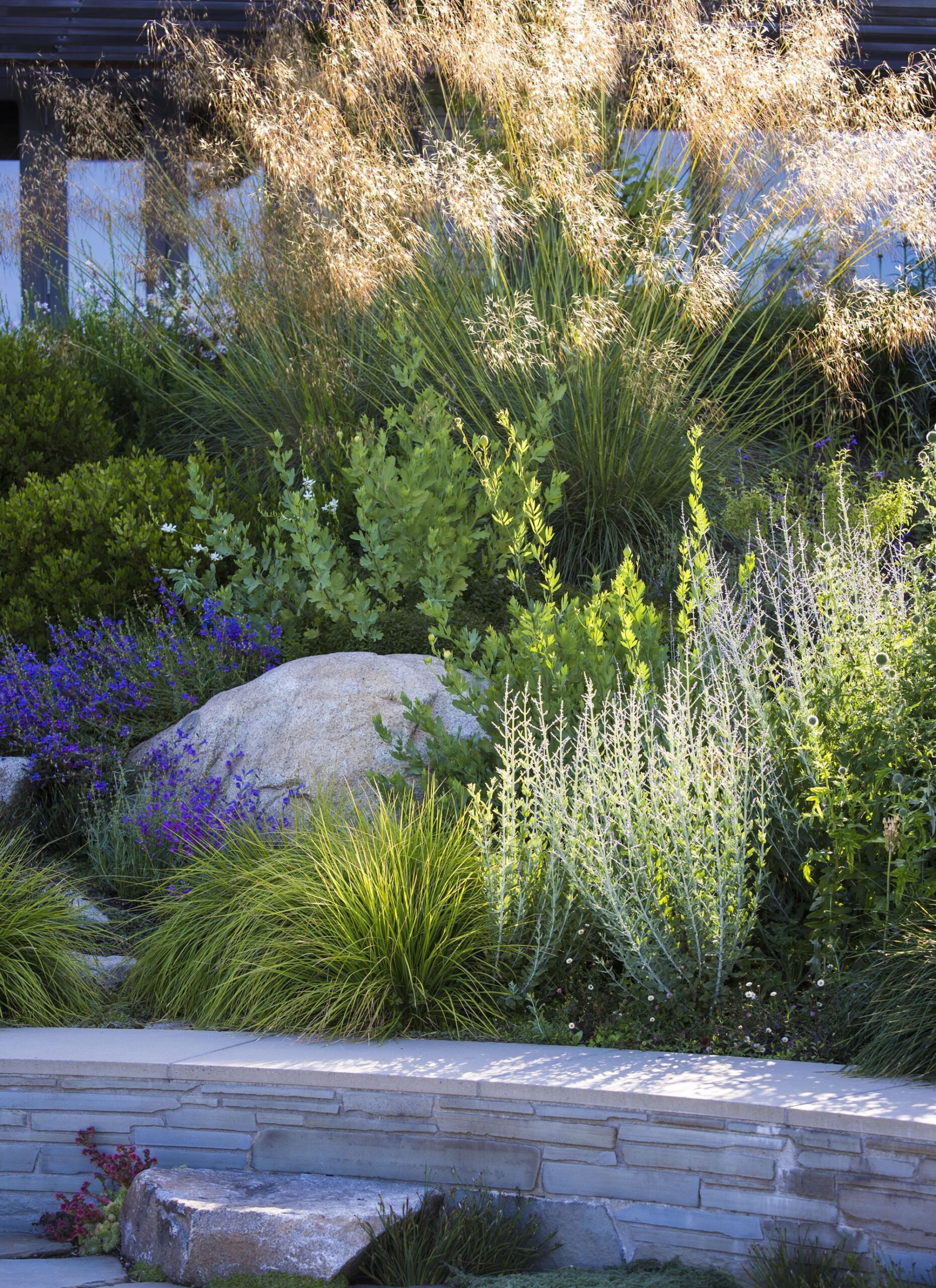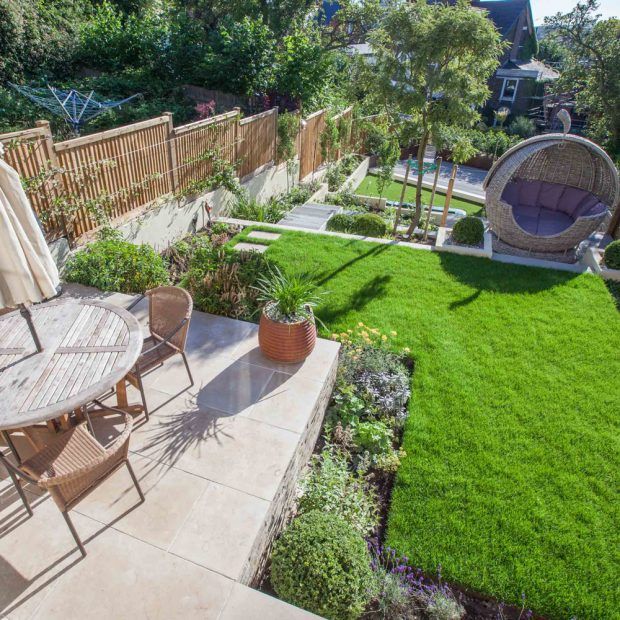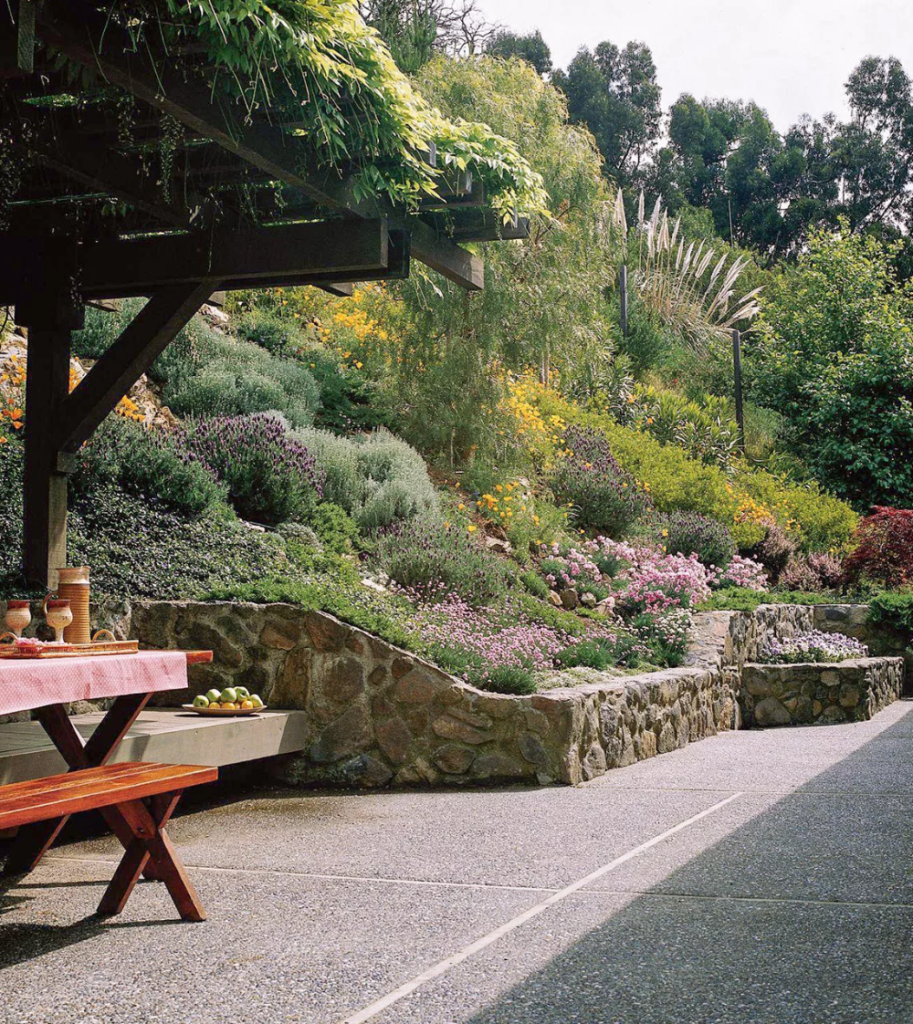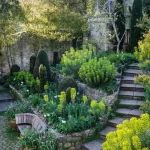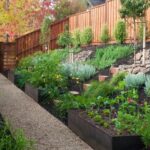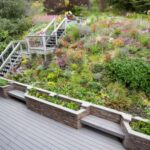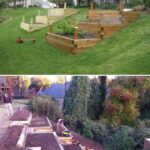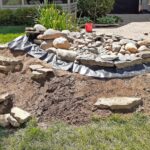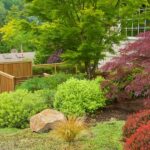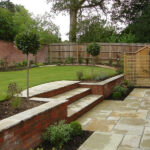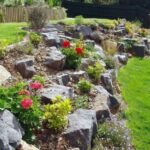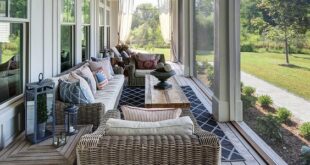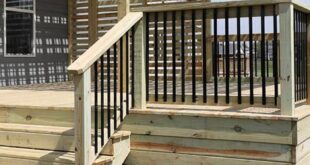When designing a garden on sloped terrain, there are a few key considerations to keep in mind in order to create a beautiful and functional outdoor space. The first step is to assess the slope of the land and determine how steep it is. This will help you determine what type of design elements will work best for your garden.
One important factor to consider when designing a garden on a slope is erosion control. Sloped terrain is more susceptible to erosion, so it is crucial to implement measures such as retaining walls, terracing, or planting groundcover to help stabilize the soil and prevent runoff. Retaining walls can also be used to create different levels in the garden, providing visual interest and creating separate areas for different types of plants.
Another consideration when designing a garden on a slope is drainage. Proper drainage is essential to prevent water from pooling and causing issues such as erosion or waterlogging. Incorporating features such as swales, French drains, or raised beds can help to improve drainage and ensure that water flows away from the garden.
When choosing plants for a garden on a slope, it is important to select species that are well-suited to the specific conditions of the site. Plants that have strong root systems and can tolerate varying levels of moisture and sunlight are ideal for sloped gardens. Additionally, using a variety of plant types, including groundcover, shrubs, and perennials, can help to create a diverse and visually appealing garden.
To make the most of a sloped garden, it is important to take advantage of the natural contours of the land. Incorporating curves, terraces, and winding pathways can help to create a sense of movement and flow throughout the garden. Utilizing the slope to create different levels and planting areas can also help to maximize space and create a dynamic and interesting landscape.
Finally, when designing a garden on a slope, it is important to consider the overall aesthetics of the space. Choosing a cohesive color palette, incorporating a mix of textures and materials, and paying attention to details such as lighting and focal points can all help to create a visually stunning and inviting outdoor space. By carefully planning and implementing these design elements, you can create a beautiful and functional garden that makes the most of the unique characteristics of sloped terrain.
 yishifashion Where Outdoor Dreams Become Reality
yishifashion Where Outdoor Dreams Become Reality
